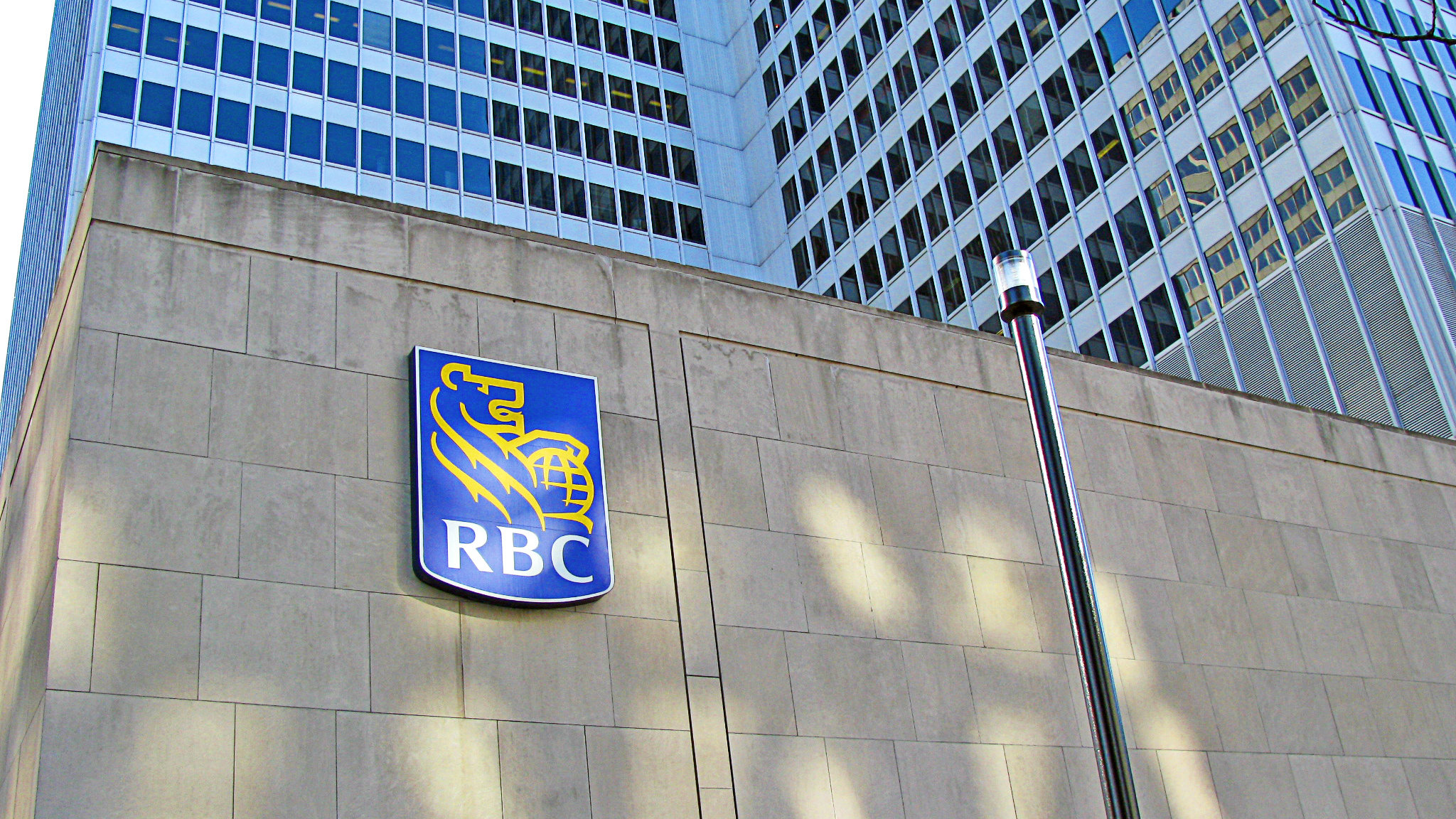Saving for retirement might seem like a daunting task for many of today’s young professionals.
A new house, kids in daycare, $3.50 for three peppers at the grocery store; it all adds up pretty quickly and despite pulling in a decent income, Canadians might be struggling to set some extra cash aside for a rainy day, let alone retirement.
However, finding a few bucks for your RRSP each week can make a huge difference down the road. This might mean giving up on the high-end coffees, skipping the weekly after-work social outing, or deciding to take vacation close to home, but a handful of disciplined spending adjustments can quickly add up and put you on the path to comfortable retirement.
What should you do with the funds?
Buying quality dividend-growth stocks and investing the distributions in new shares is a proven long-term strategy. Let’s take a look at Royal Bank of Canada (TSX:RY)(NYSE:RY) to see if it might be an interesting pick to get you started.
Balanced revenue stream
Royal Bank made about $1 billion per month in profit in the most recent quarter.
That’s an impressive sum, and the reason for the company’s success arguably lies in its balanced revenue stream. Royal Bank has strong personal and commercial banking, wealth management, capital markets, investment and treasury services, and insurance divisions.
The company generates 60% of its revenue in Canada, 23% in the United States, and 17% from international operations. Based on its market capitalization of nearly $150 billion, Royal Bank ranks as one of the 15 largest banks in the world.
Housing concerns
Investors might be wondering if rising interest rates are going to cause the banks some pain. It is possible that higher mortgage costs could slow the rate of home sales, and prices could fall meaningfully if a wave of homes hits the market due to increased payments on renewal. Royal Bank has a hefty residential Canadian mortgage portfolio, so a major crash in house prices would be negative.
That said, a soft landing is the expected outcome for the Canadian housing market, and Royal Bank’s mortgage portfolio is capable of riding out a downturn. Uninsured mortgages represent $190 billion of the $275 billion in housing loans, and the loan-to-value ratio on that portion is 51%. Based on those numbers, things would have to get really bad before Royal Bank sees a material impact.
On the other side of the rate equation, higher interest rates tend to boost net interest margins, which can offset any negative effects on mortgage growth.
Dividends
Royal Bank is targeting earnings-per-share growth of at least 7% per year over the medium term. This should support ongoing dividend hikes that have averaged 7% per year over the past decade. The current payout provides a yield of 3.7%.
Returns
A $10,000 investment in Royal Bank 20 years ago would be worth more than $100,000 today with the dividends reinvested.
Should you buy?
Royal Bank is a market leader with continued growth opportunities in Canada and abroad. There is no guarantee the stock will generate the same returns over the next two decades, but the bank should be a strong anchor position for a balanced dividend growth RRSP portfolio.









